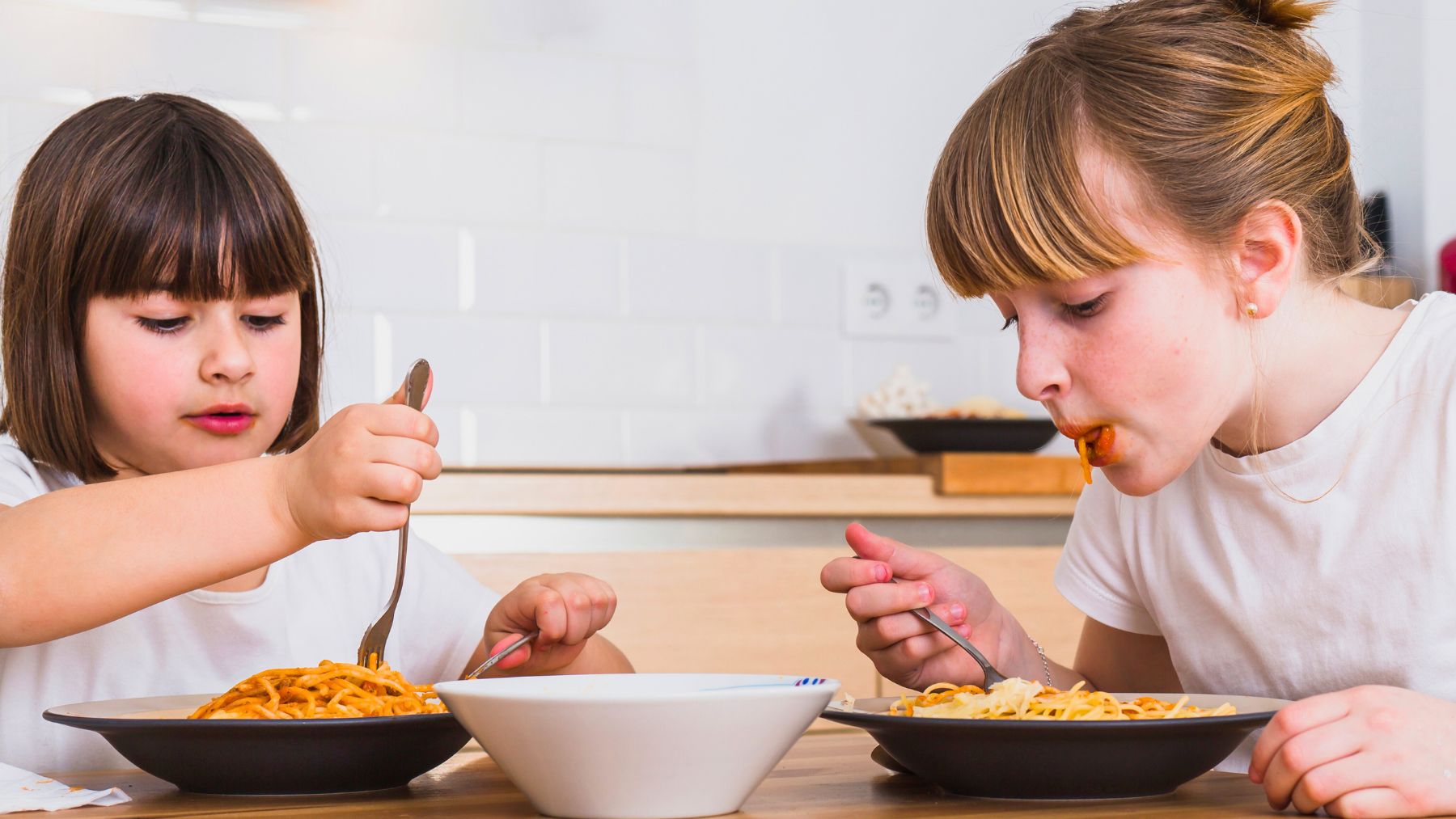If rice is a regular part of your family meals, chances are you reach for white rice without thinking twice. According to experts at Mayo Clinic, there’s a better choice for growing kids, and it’s one many parents tend to skip. Brown and wild rice, both rich in nutrients and fiber, can offer more than just energy for active children.
Nutrition for kids is about providing the right mix of vitamins, minerals, and macronutrients for their growth. The Mayo Clinic’s dietary guidelines highlight the importance of nutrient-dense foods that support development and long-term health. Here, we’ll look at why brown and wild rice stand out from white rice, how they benefit children’s health, and practical ways to include them in everyday meals.
Why brown and wild rice are better for kids
Brown and wild rice are considered whole grains, meaning they retain all parts of the grain, the bran, germ, and endosperm. That makes them naturally higher in fiber, B vitamins, iron, magnesium, and antioxidants compared to refined white rice. These nutrients are essential for healthy digestion, energy metabolism, and strong bones, all key for growing kids.
Whole grains help regulate blood sugar levels and keep kids feeling full longer, reducing the temptation for sugary snacks between meals. The fiber also supports gut health, which research increasingly links to immunity and cognitive development.
Wild rice, technically a seed rather than a true rice, offers an even denser nutrient profile. It contains more protein than most grains and provides essential amino acids that help build muscle tissue. Its slightly nutty flavor can also make meals more interesting for kids who get bored easily with plain rice or pasta.
Compared to white rice—which loses much of its fiber and vitamins during processing—brown and wild rice give kids sustained energy without quick spikes and crashes. They’re a simple swap that can improve the quality of their daily meals.
How to include it in your child’s meals
Switching from white to brown or wild rice doesn’t have to be a battle at the dinner table. Small, consistent changes make it easier for kids to adapt to the different textures and flavors.
- Start with a mix. Combine half white rice and half brown or wild rice when cooking. Gradually increase the amount of whole grain rice as your child gets used to it.
- Make it part of familiar dishes. Use brown rice in stir-fries, tacos, or burrito bowls. Wild rice works well in soups, casseroles, or alongside baked chicken and vegetables.
- Add flavor. Cook the rice in low-sodium chicken or vegetable broth instead of water to enhance taste. Mix in herbs or a touch of olive oil after cooking.
- Try breakfast options. Warm brown rice with milk, fruit, and a sprinkle of cinnamon makes a nutritious breakfast alternative to sugary cereals.
- Batch cook for convenience. Prepare a large pot of rice on weekends and store portions in the fridge or freezer for quick weekday meals.
Introducing these grains early helps kids develop a taste for whole foods, making healthy eating easier as they grow. By replacing refined grains a few times a week, parents can support steady energy, better digestion, and overall growth in children.

